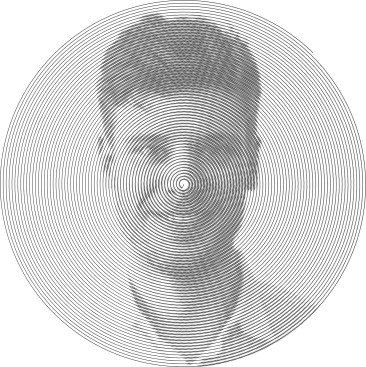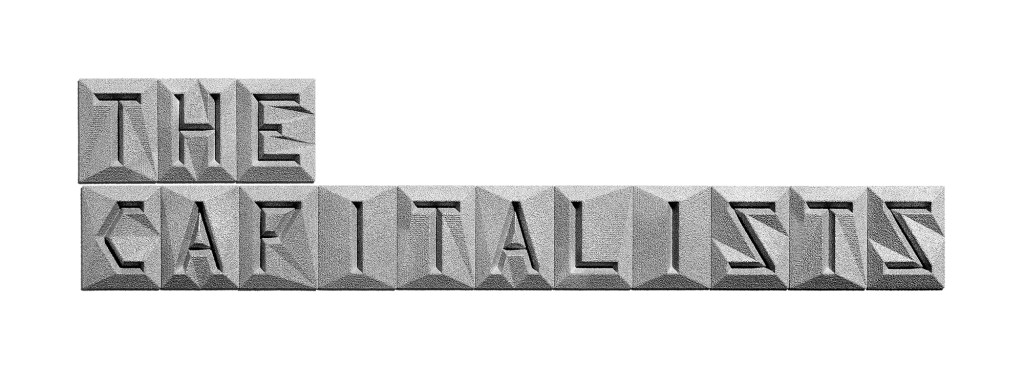In 2015, the then-newly merged firms of New York–based engineering firm Thornton Tomasetti (TT) and Weidlinger Associates established TTWiiN (a play on Thornton Tomasetti Weidlinger Innovation accelerator), a privately held company that provides venture capital funding for startups in exchange for equity and board seats. Around the same time, TT formalized a research and development (R&D) approach that considered proposals from employees to become stand-alone companies with TTWiiN’s help.
This appealed to Jonatan Schumacher, who joined TT in 2010 as director of CORE Studio, the firm’s R&D incubator, building custom software, apps, and computational models and strategizing design and fabrication workflows. With TTWiiN’s backing, he could take his work one step further.

Sergej Stoppel/LinesLab
Jonatan Schumacher
In 2016, Schumacher and CORE colleague Maximilian Thumfart co-founded Konstru, a secure cloud-based platform that allows architects, engineers, and contractors to share BIM models and data across popular AEC software and analysis tools. “The main difference between an R&D and computational group like CORE and an accelerator such as TTWiiN is the due diligence process that the ideas have to undergo,” Schumacher says. “The motivation for internal groups often relates to marketing, while the motivation for a venture capital–funded entity is to develop products that can generate revenue.”
As such, Schumacher has faced a learning curve as the head of his stand-alone company. “Instead of providing services, we’re providing a product, and instead of consulting, we have to sell ourselves.”
Though several mid-to-large-sized AEC firms have formed in-house research and technology teams comparable to CORE, Schumacher says Silicon Valley–style tech companies are taking the lead in forming new practice models—and they are aggressively recruiting architecture graduates. “Design is going to get a lot more efficient because large firms and companies outside of the AEC industry are learning how to do it themselves.”
The intrapreneurship model allows TT “to experiment with technology and the productization of services,” Schumacher says. And the firm isn’t the only one in the AEC space funding innovation from the outset. Another global, multidisciplinary firm recently threw its hat into the ring: the Bjarke Ingels Group, which joined with Mikro Invest in a venture named Jumbo.
Intro The Polymath The Original The Incubator The Capitalists
The Algorithm The 800-Pound Gorilla The Lab Rats The Interloper
The Young and the Restless The Prophet The Career Counselors
